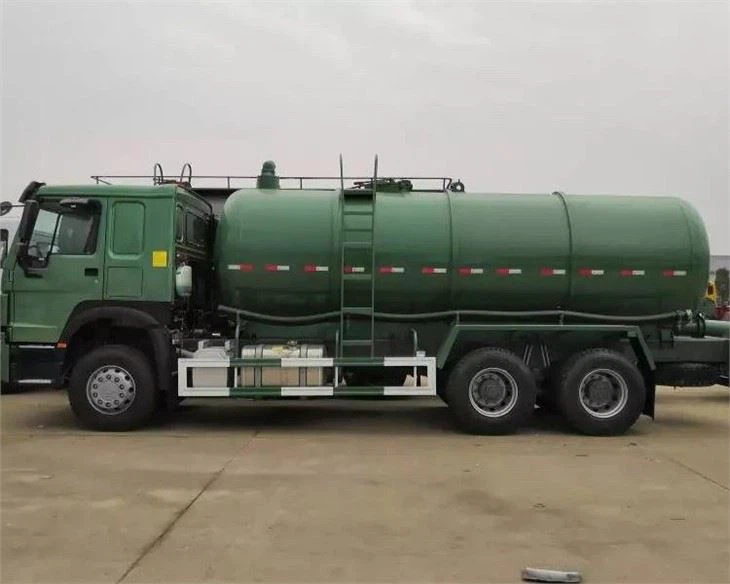ASL for Yard: A Comprehensive Guide to Signing About Outdoor Spaces

American Sign Language (ASL) is an expressive language that captures the richness of spoken language through hand signs and body movements. The term “ASL for yard” encompasses various signs related to outdoor spaces, gardening, landscaping, and recreational activities commonly enjoyed in yards. In this article, we will explore the essential signs associated with yard-related vocabulary, practical applications, and tips for effective communication in ASL.
Understanding ASL Basics
Before diving into yard-specific signs, it is essential to grasp some ASL fundamentals. ASL is not just an exact representation of English words; it has its own grammar, syntax, and idiomatic expressions.

ASL Structure Overview
ASL utilizes a combination of facial expressions, hand shapes, movements, and body language to convey meaning. Key components of ASL include:

- Hand Shapes: Different shapes represent different concepts.
- Movements: The direction and speed of hand movements convey additional context.
- Facial Expressions: Emotions or questions are expressed through facial cues.
Learning Tips for ASL
To effectively learn and use ASL, consider the following tips:
- Practice regularly with a fluent signer.
- Watch ASL videos for visual learning.
- Engage in group activities, like workshops or classes.
- Use flashcards to memorize signs.
Key Vocabulary for Yard in ASL
In exploring “ASL for yard,” you’ll encounter terms specific to garden elements, outdoor features, and related concepts. Below are essential signs associated with yard-related vocabulary.
Signs for Common Elements in the Yard
| Word | ASL Sign Description |
|---|---|
| Yard | Use an open hand, palm facing forward, moving from the side of your body outward. |
| Garden | Make a “G” shape with your dominant hand and trace a rectangle in the air to represent planting. |
| Grass | Using your fingers, move the tips downward in a wavy motion, mimicking grass swaying. |
| Tree | Hold the dominant hand above your head with a flat “B” palm and move it upward like a tree trunk. |
| Flower | Form a fist with your dominant hand and open it as you move it upwards to indicate a blooming flower. |
| Fence | Use both hands showing “B” shapes, moving them forward and backward to represent a fenced area. |
Activities in the Yard and Their ASL Signs
Understanding the signs for activities commonly performed in the yard enhances your ability to communicate in outdoor settings. Here’s a breakdown of popular yard activities and their respective ASL signs.
Gardening
The overall sign for gardening is to mimic the action of planting. Here’s how to sign various gardening actions:
- Plant: Pretend to place a seed in the ground with your dominant hand.
- Water: Use both hands in a pouring gesture, mimicking watering plants.
- Weed: Pinch your fingers together and pull them back as if removing weeds from the soil.
Playing in the Yard
Kids and families often enjoy various activities in the yard. Here are some common outdoor activities and their signs:
- Play: Make a “Y” sign with your dominant hand, moving it side to side.
- Slide: Use your arms to mimic sliding down a slide.
- Swing: Grasps imaginary chains above your head and move side to side.
Outdoor Cleaning
Maintaining a clean yard is important. Here are signs for yard cleaning tasks:
- Rake: Mimic the motion of a rake with a flat hand moving back and forth.
- Collect: Use both hands to gather leaves and bring them to your body.
Creating a Safe Yard Environment
Yard safety is crucial for children and pets. Use these signs to talk about safety measures in your garden or yard.
Signs Related to Safety
| Word | ASL Sign Description |
|---|---|
| Danger | Hold both hands in front of you with palms facing out and shake them side to side. |
| Careful | Hold both hands with “C” shapes and move in a cautionary manner. |
| Injury | Use one hand to tap the other fist repeatedly to signify hurt. |
Communicating with Others Utilizing ASL in the Yard
Using ASL in your yard can enhance interactions whether you are with family, friends, or neighbors. Here are some communication techniques and expressions to consider.
Common Phrases and Requests
Below are essential phrases for effective communication in the yard.
- Come here: Wave your hand toward yourself.
- Help: Extend both hands out as if offering help.
- Do you want to play? Gesture with an inviting motion while raising your eyebrows.
Describing Activities
To engage in conversations about what to do in the yard, consider the following:
- Use descriptive phrases such as “play with ball” and sign accordingly.
- Incorporate gestures for actions like running, jumping, or sliding.
Resources for Learning ASL
Access to proper instructional resources can significantly enhance your learning experience. Here are some valuable resources for mastering ASL, specifically for outdoor and yard vocabulary.
Websites and Online Courses
- Lifeprint – Offers comprehensive lessons on ASL.
- Start ASL – Provides free courses and materials.
- ASL Pro – Includes videos and dictionaries for ASL signs.
Mobile Applications
- ASL Sign Language App: A mobile app that provides video dictionaries and learning resources.
- Hands On ASL: This app offers interactive lessons and quizzes for learners.
Conclusion
Having a foundational understanding of ASL related to the yard enhances your ability to communicate effectively in outdoor environments. By learning signs for common yard elements, activities, and communication, you not only improve your signing skills but also foster inclusivity in your neighborhood. Whether you are gardening, playing, or maintaining your space, ASL enables meaningful connections with others. Practice these signs regularly, and encourage family and friends to join you in this learning journey!
FAQs about ASL for Yard

1. What is the best way to learn ASL for yard activities?
The best way to learn ASL for yard activities is through visuals. Use videos to see the signs in action, attend local classes, or use educational apps that focus on ASL vocabulary.
2. Are there resources specifically for children learning ASL?
Yes, many websites and applications provide activities geared towards children, making learning ASL fun and engaging through games and storytelling.
3. Can I use ASL at community events in the yard?
Absolutely! Using ASL at community events helps create an inclusive atmosphere, especially for those who are deaf or hard of hearing. It opens up communication and connection.
4. How do I practice ASL for outdoor spaces regularly?
Consider joining ASL clubs or meet-up groups in your area. Practicing with friends or family members in outdoor settings, while focusing on signs relevant to the environment, can be highly beneficial.
5. What are some common mistakes to avoid when learning ASL?
Avoid rushing through signs. Take time to learn proper hand shapes and movements. Incorrect facial expressions can change meanings, so pay attention to those details.
6. Is ASL used only in the United States?
While ASL originated in the United States, similar sign languages are used in various countries. Each country has its own sign language, although ASL is recognized and used by many around the world.
